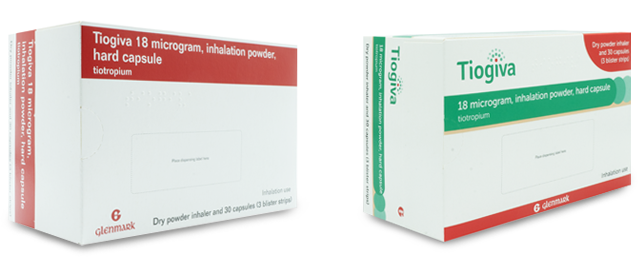Intended for UK patients prescribed Tiogiva

Welcome to the Tiogiva® patient website, where you can find information about your medicine and how to take it.
Tiogiva and COPD
Why am I being given Tiogiva?1,2
Tiogiva is a long-acting bronchodilator inhaler that helps people who have chronic obstructive pulmonary disease (COPD). COPD is a chronic lung disease that causes shortness of breath and coughing, making it hard for you to stay active. Symptoms can also suddenly become worse (called an exacerbation). Tiogiva can help to minimise these effects on your life and also help prevent exacerbations.
There are lots of different types of treatments for COPD, which are are all designed to help you breathe more easily. Your doctor will prescribe the treatment they think is best for you.
Important things to remember2
- Always use this medicine exactly as your doctor, nurse or pharmacist has told you. Check with them if you are not sure
- COPD is a chronic disease, so you should take Tiogiva every day and not only when you have breathing problems or other symptoms
- If you feel that your breathing is getting worse, you should tell your doctor as soon as possible
- You will need to request a new Tiogiva capsules and inhaler pack every 6 months using your GP practice’s repeat prescribing system
How does Tiogiva work?1,2
Long-acting bronchodilators like Tiogiva:
.png)
Relax the muscles
in your lungs
.png)
Are used once
a day
.png)
Work all day to relieve
your symptoms
.png)
Help improve your
long-term health



.png)
.png)
.png)
.png)
.png)
.png)

.png)
.png)






